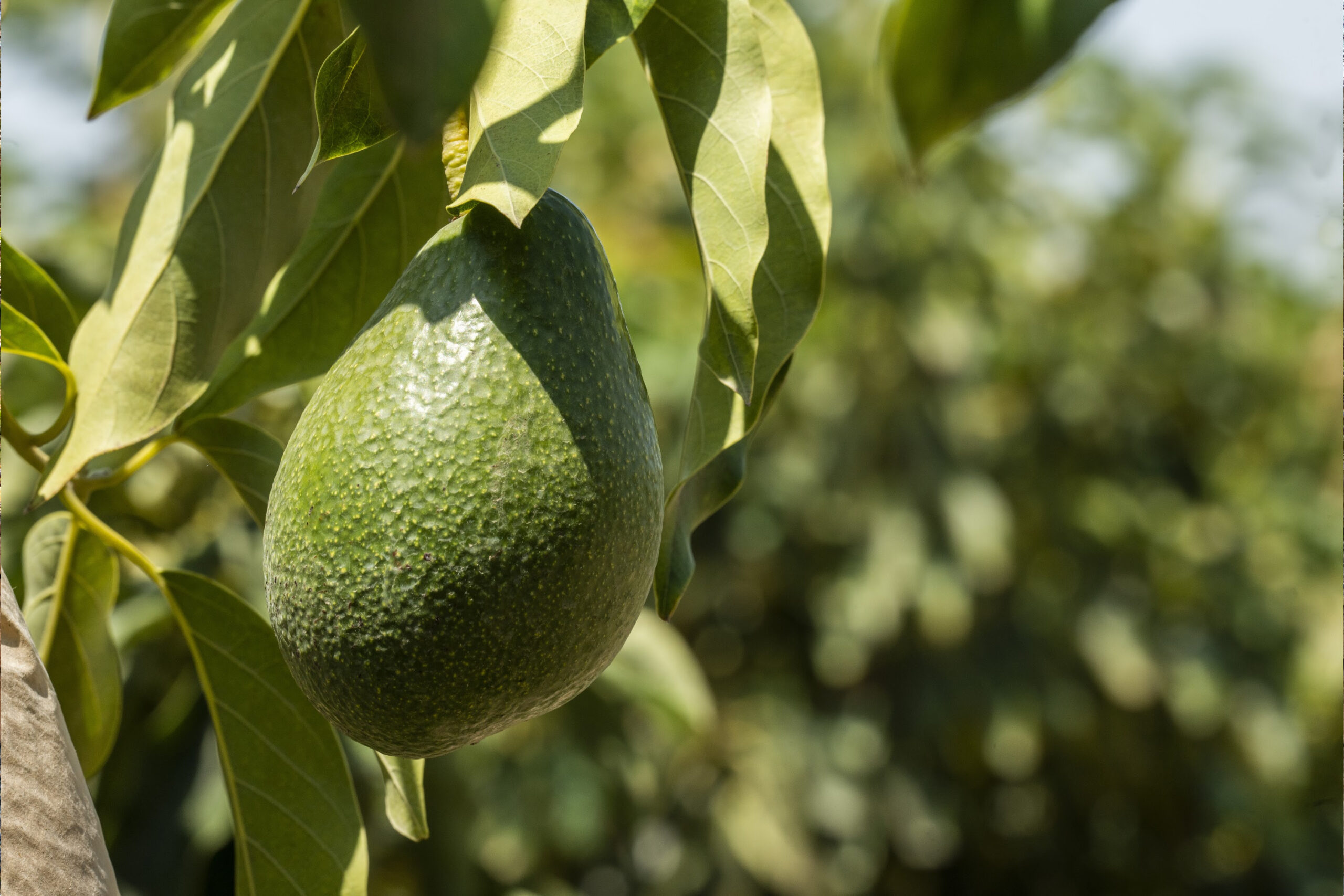Owning an avocado grove in California is often romanticized, evoking images of sun-drenched orchards and bountiful harvests. While the idea of producing one of the world’s most popular superfoods is appealing, the reality presents a far more complex picture. California avocado growers must navigate intense competition from Mexican imports and rising water costs, both of which threaten profitability and long-term sustainability. Understanding these challenges is crucial for those who seek to thrive in the industry.
The Competitive Pressure from Mexico
Mexico’s dominance in the avocado market presents a significant challenge for California growers. With ideal growing conditions, lower labor costs, and well-developed agricultural infrastructure, Mexico is able to produce avocados at a fraction of the cost compared to California. The country’s year-round growing season provides a consistent supply, ensuring that Mexican avocados remain competitively priced and widely available.
Labor costs further widen the gap. In California, stringent labor laws and higher wages increase the cost of production, making it difficult for local growers to compete on price. Mexico, with its lower wages and cost-effective agricultural practices, can produce avocados more efficiently, flooding the U.S. market with affordable fruit. Additionally, Mexico’s proximity to the United States and well-established export channels allow for a steady flow of avocados, further reinforcing its market dominance.
For California growers, this intense competition makes it difficult to maintain premium pricing. While some consumers recognize and prefer locally grown produce, many are drawn to the lower cost of imported avocados, leaving California growers with increasingly thin profit margins.
The Financial Burden of Rising Water Costs
Beyond competition, water scarcity poses one of the most significant challenges for California avocado growers. Avocados require substantial amounts of water to thrive, yet California’s persistent droughts and increasing water rates make irrigation an expensive endeavor. Water agencies have raised costs to fund infrastructure improvements and conservation programs, further straining the agricultural sector.
To remain viable, many farmers have turned to advanced irrigation technologies such as drip irrigation systems and moisture sensors. These innovations allow for precise water distribution, reducing waste and improving efficiency. However, implementing these technologies requires substantial upfront investment—an added financial burden for growers already struggling to compete in the market.
Water policy debates also play a crucial role in shaping the future of California’s avocado industry. Farmers must stay informed and actively participate in discussions surrounding water rights and distribution to ensure a sustainable future for their groves.
The Economic Impact on California Growers
The influx of low-cost Mexican avocados has placed significant economic pressure on California growers, many of whom operate small, family-owned farms. With operating costs continuing to rise—including land expenses, labor wages, and water fees—profit margins are shrinking. Some growers have been forced out of the market, unable to compete with the volume and affordability of imported avocados.
Additionally, price competition from Mexican imports has made it challenging for California growers to maintain the premium branding of their produce. Traditionally marketed as a high-quality, locally grown option, California avocados are now competing in a price-sensitive market where cost often outweighs perceived quality. This has forced many growers to rethink their business strategies, searching for ways to differentiate their product and maintain a loyal customer base.
Strategies for Staying Competitive
Despite these challenges, California avocado growers can take strategic steps to maintain their market presence and profitability. Key approaches include:
- Diversifying Avocado Varieties: Introducing lesser-known or premium varieties can cater to niche markets and help growers reduce their reliance on standard Hass avocados, which face the most competition from imports.
- Investing in Water-Efficient Practices: Drip irrigation, rainwater harvesting, and soil moisture monitoring can reduce water consumption and lower costs, making operations more sustainable.
- Collaborating with Research Institutions: Partnering with universities and agricultural organizations provides access to the latest farming techniques, pest control solutions, and climate-resilient avocado varieties.
- Marketing the Local Advantage: Emphasizing California avocados’ superior freshness, strict agricultural standards, and reduced carbon footprint can attract health-conscious and environmentally aware consumers.
By focusing on these strategies, California growers can create a more resilient business model that differentiates their avocados from mass imports.
The Future of California’s Avocado Industry
Looking ahead, the future of California avocado groves will depend on the industry’s ability to adapt to a rapidly evolving global market. As demand for avocados continues to rise, competition from Mexico and other producing countries will remain a persistent challenge. At the same time, escalating water costs and climate-related uncertainties will require innovative solutions to sustain long-term growth.
To stay competitive, California growers must leverage technological advancements, explore alternative water sources, and reinforce their market positioning through strong branding and sustainable practices. While the road ahead is challenging, those who embrace innovation and resilience can continue to thrive in the avocado industry, preserving California’s reputation for producing high-quality avocados.
Ultimately, success in avocado farming requires more than just fertile land—it demands strategic foresight, adaptability, and a commitment to sustainability in the face of ongoing industry pressures.

